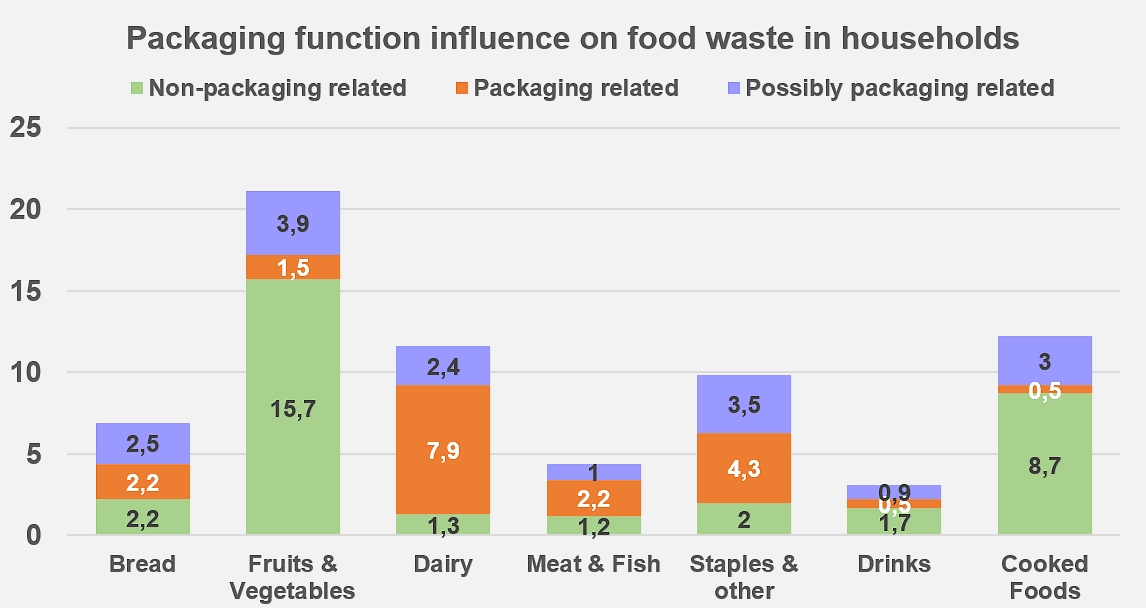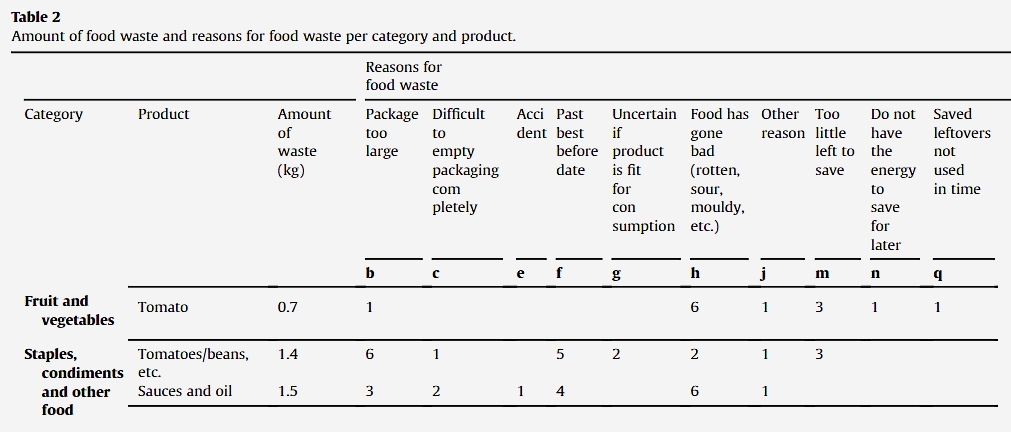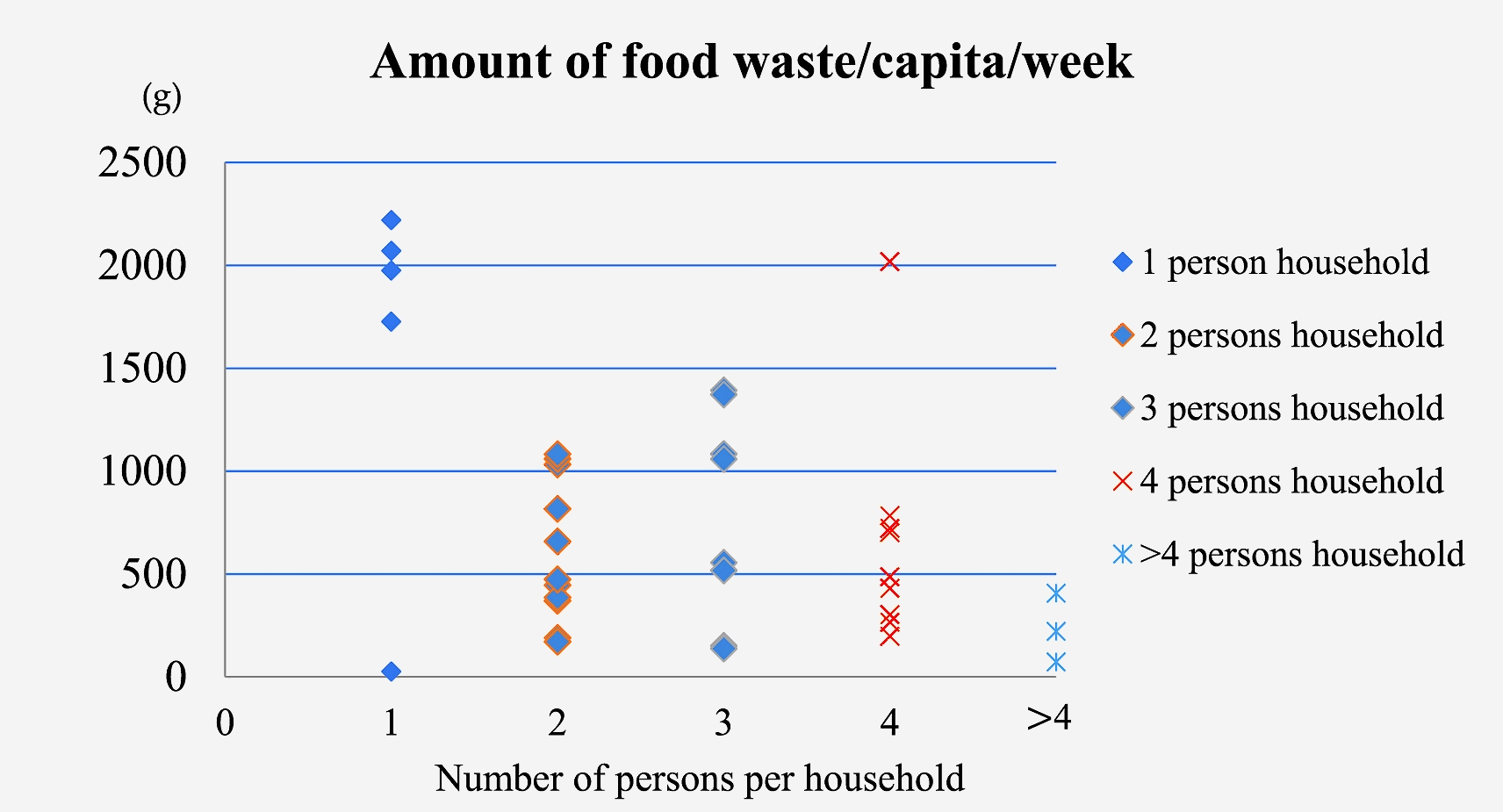“Smarter packaging” to tackle food waste “better for climate” than eliminating plastics: Study
A new study suggests that ”smarter packaging” and smaller pack sizes could be better for climate change than going plastic-free because they help consumers reduce food waste.
The research was carried out by CTF, Service Research Centre at Karlstad University in Sweden. The study mapped food waste in Swedish households in order to find out why consumers throw away different types of food and what impact packaging has on the issue.
The researchers charted food waste at product level by examining the food waste habits of 37 households in Karlstad and Stockholm. Participants measured and logged their food waste and took part in interviews.
It concluded that food in large pack sizes is more likely to be discarded after opening and suggested that the industry should therefore look to deliver more single-serve pack sizes. The study also showed that consumers' uncertainty over date labels and food safety are major contributing factors to food waste.

Food waste has 'much bigger impact' on climate
The results suggest packaging design plays a bigger role in food waste than previous research has shown, the report’s authors claim.
When determining the most climate-friendly way of delivering different food stuffs to consumers, many factors need to be considered, from the divergent requirements of different products for protection during transport and storage to variations in how consumers handle food in the home.
"Packaging is often described as a big environmental problem. But is necessary for transporting and protecting the food. We should focus on the design of the packaging so that less food is wasted, since food waste has a much bigger impact on the climate," explained Helen Williams, associate professor of environmental and energy systems.
Williams was responsible for the study, which was conducted by researchers at Karlstad University in collaboration with RISE research institute. She conceded that the conclusion that more packaging, not less, could actually be beneficial for the environment was 'controversial'.
"Encouraging more serving size packaging at a time when many want to discontinue packaging completely, is controversial. But our research shows that food in smarter packaging, for example in smaller portions which can be eaten to a greater extent are better for the climate even if more packaging materials are used."
Packaging needs vary across different categories. Pack design and size was found to be particularly influential in fresh categories, where consumers were concerned produce would spoil before use.
“The design was especially important for dairy products, meat, fish, bread, and foods with a long shelf life. For dairy products, the design of the packaging caused nearly 70% of the generated food waste, and for meat and fish products 50%”, Williams detailed,
Interestingly, pack size was also found to be important in long shelf life categories. Products with long shelf life need 'more attention' because, once opened, they have a short shelf life. Several households threw out, for example, sauces, tomato products and olives when the pack sizes were too large to consume in the recommended amount of time.

Participants reported having wasted rice, olives, quinoa, cashews and ketchup mainly due to ‘Uncertainty about food safety’. In turn, they mentioned ‘Package too large’ as the main reason for wasting crushed tomatoes, olives, sweet chili sauce and salad dressing. For example, nine of the participating households wasted packaged tomato products because the packaging was ‘too large’. In addition, sauces and olives were often mentioned as products that were easily forgotten in the refrigerator.
The study found that a lack of versatility in packaging size led to waste of bread, milk, charcuteries, olives, tomato products and sauces.
“Big uncertainty” about date labels and food safety
This issue highlighted a common concern expressed by participants in the study around date labels and food safety.
The researchers suggest “important packaging development” is needed to reduce uncertainty around date labels and whether the food is safe to eat. In total, 16% of food waste occurred because a product was past its best before date or due to uncertainty over whether it was safe for consumption. A further 8% was attributed to pack sizes being “too large” meaning the consumer was “unable to eat all the content” while 5% was related to “difficulty emptying packaging” - particularly in dairy products - Williams noted, "An additional 21% of food waste was related to food that was spoiled in open packaging, which may mean that the packaging was too large”, she stipulated.
Packaging should also be adapted meet the consumers' needs so that they are “not tempted to buy more food than they can eat”, the researchers suggested.
“Today's food production accounts for one-third of the climate impact. Developing packaging that makes us throw away less food is essential to reach the global climate goals. The food and packaging industry need to take greater responsibility in creating an understanding of consumer needs and behaviour," Williams concluded.

Source:
Avoiding Food Becoming Waste in Households - The role of packaging in consumers' practices across different food categories. Journal of Cleaner Production. Authors: Helen Williams, Annika Lindstrom, JakobTrischler, Fredrik Wikstromanci, Zane Rowe
Further details are available at: https://doi.org/10.1016/j.jclepro.2020.121775
































